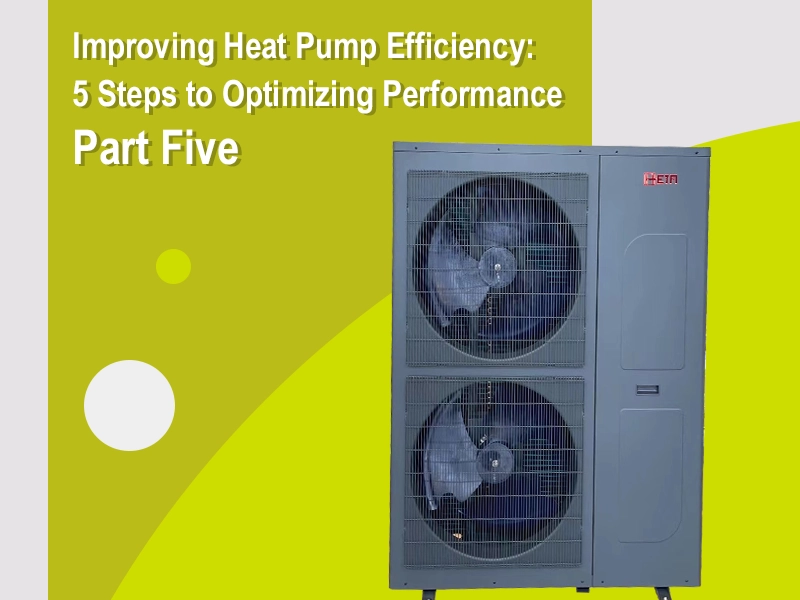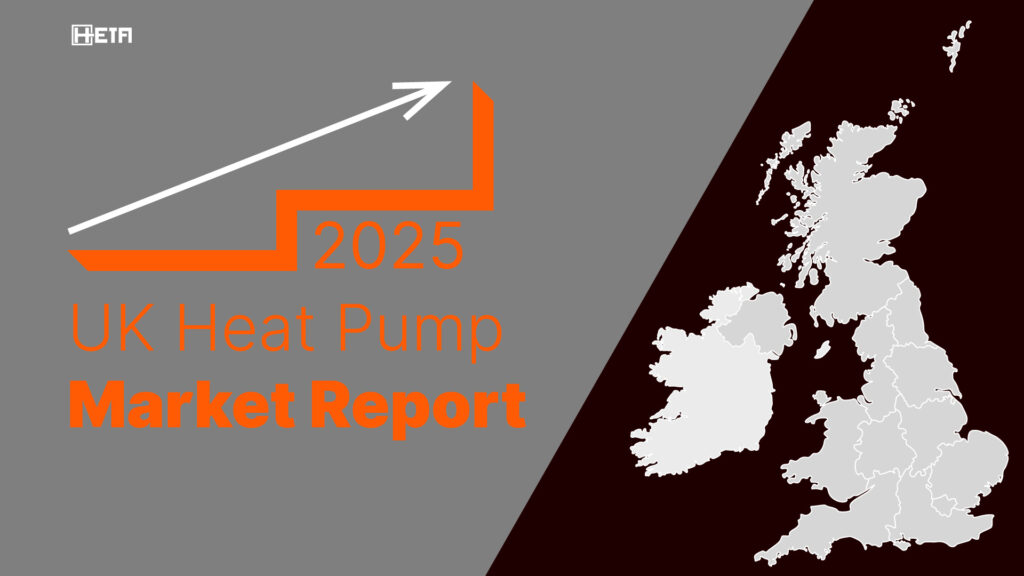In the pursuit of energy efficiency, maximizing the performance of your heat pump becomes critical. As a trusted authority in the industry, we provide a comprehensive guide to improving the efficiency of your heat pump, ensuring optimal performance and energy savings. Follow these five steps to unlock the full potential of your heat pump system:
1.Understand the operating principles of heat pumps
2.Implementing Maintenance Best Practices
4.Investing in Professional Upgrades

Part 5:Monitoring and Optimization
Advocating for ongoing monitoring and optimization of heat pump performance through data analytics tools and remote monitoring systems is essential for maximizing efficiency, reliability, and comfort. Here’s why:
Proactive Maintenance:
- Ongoing monitoring allows homeowners to detect potential issues before they escalate into costly repairs or system failures. By analyzing performance data, anomalies or inefficiencies can be identified early, enabling proactive maintenance to address issues promptly and prevent downtime.
Optimized Performance:
- Data analytics tools provide insights into heat pump performance, energy consumption patterns, and temperature fluctuations. With this information, homeowners can fine-tune system settings, adjust schedules, and optimize operation to maximize efficiency and comfort.
- Remote monitoring systems enable real-time tracking of system performance from anywhere, allowing homeowners to make immediate adjustments or address issues remotely without the need for onsite visits.
Energy Savings:
- By continuously monitoring energy usage and system performance, homeowners can identify opportunities for energy savings and efficiency improvements. Data analytics tools can pinpoint inefficiencies, such as excessive run times or temperature fluctuations, allowing for targeted adjustments to reduce energy waste and lower utility bills.
Predictive Maintenance:
- Remote monitoring systems can provide predictive maintenance alerts based on performance data and system diagnostics. By analyzing trends and patterns, these alerts can anticipate potential equipment failures or maintenance needs, allowing for proactive intervention to prevent breakdowns and minimize downtime.
Enhanced Comfort and Reliability:
- Continuous monitoring and optimization ensure that heat pump systems operate at peak performance, delivering consistent comfort and reliability year-round. By maintaining optimal temperature levels and airflow, homeowners can enjoy a comfortable indoor environment without disruptions or fluctuations.
Long-Term Savings and ROI:
- Investing in data analytics tools and remote monitoring systems offers long-term savings by maximizing the lifespan of heat pump systems, reducing energy consumption, and minimizing repair costs. The return on investment (ROI) from improved efficiency and reduced maintenance expenses outweighs the initial investment in monitoring technology.
In conclusion, advocating for ongoing monitoring and optimization of heat pump performance through data analytics tools and remote monitoring systems is crucial for maximizing efficiency, comfort, and savings. By leveraging technology to proactively manage system performance and address issues in real-time, homeowners can enjoy the benefits of a well-maintained and optimized heat pump system for years to come.
Illustrate how real-time performance data can identify inefficiencies, optimize system settings, and proactively address potential issues.
Real-time performance data plays a crucial role in identifying inefficiencies, optimizing system settings, and proactively addressing potential issues in heat pump systems. Here’s how:
Identifying Inefficiencies:
- Real-time performance data allows homeowners to monitor key metrics such as temperature, humidity levels, energy consumption, and system runtime. Discrepancies or deviations from expected values can indicate inefficiencies or performance issues.
- By analyzing real-time data, homeowners can identify patterns or trends that may suggest suboptimal operation, such as frequent cycling, uneven temperature distribution, or excessive energy usage. These insights help pinpoint areas for improvement and optimization.
Optimizing System Settings:
- Real-time performance data provides valuable insights into how heat pump systems are operating under different conditions. By adjusting system settings in response to real-time data, homeowners can optimize performance for maximum efficiency and comfort.
- For example, if real-time data shows that the system is running longer than necessary to reach the desired temperature, homeowners can adjust temperature setpoints or scheduling parameters to reduce energy consumption without sacrificing comfort.
Proactively Addressing Potential Issues:
- Real-time performance data enables homeowners to detect potential issues or anomalies as they occur, allowing for proactive intervention before problems escalate. By setting up alerts or notifications for abnormal conditions, homeowners can take immediate action to prevent system failures or malfunctions.
- For instance, if real-time data indicates a sudden increase in energy usage or a decline in system performance, homeowners can investigate the issue promptly and address any underlying problems, such as refrigerant leaks, airflow restrictions, or sensor malfunctions, before they lead to more significant issues.
Remote Monitoring and Control:
- Real-time performance data can be accessed remotely via mobile apps or online dashboards, allowing homeowners to monitor system performance and make adjustments from anywhere. This remote access enables timely intervention and troubleshooting, even when homeowners are away from home.
- With remote monitoring and control capabilities, homeowners can respond quickly to changes in system behavior, implement corrective actions, and ensure uninterrupted comfort and efficiency, regardless of their location.
In summary, real-time performance data empowers homeowners to identify inefficiencies, optimize system settings, and proactively address potential issues in heat pump systems. By leveraging this data-driven approach, homeowners can maximize energy savings, extend system lifespan, and enjoy reliable comfort and performance throughout the year.
As a leading heat pump manufacturer, we are committed to empowering consumers with the knowledge and tools to maximize the efficiency of their systems. By following these steps, you can unlock the full potential of your heat pump, reduce energy consumption, and contribute to a sustainable future.




